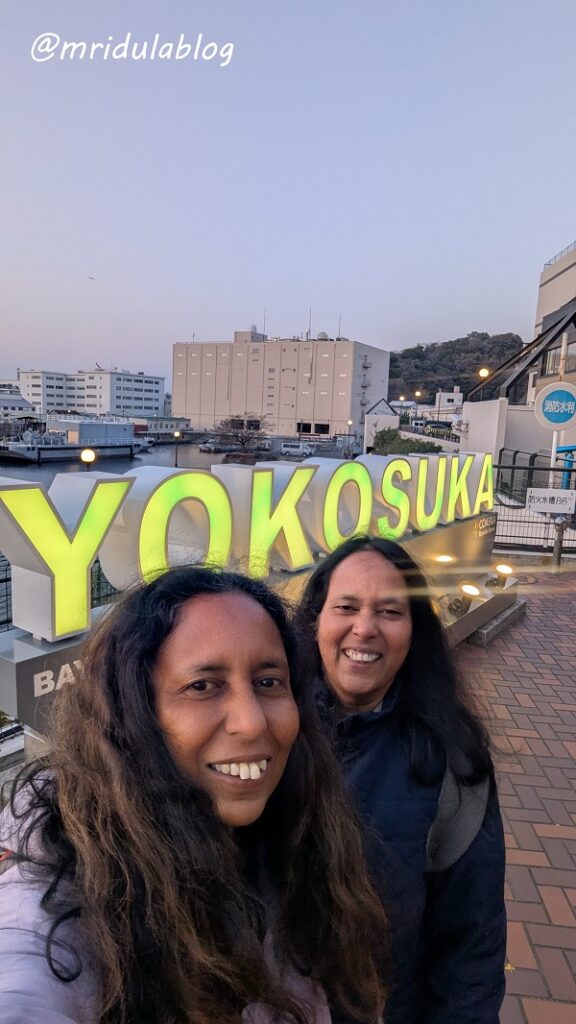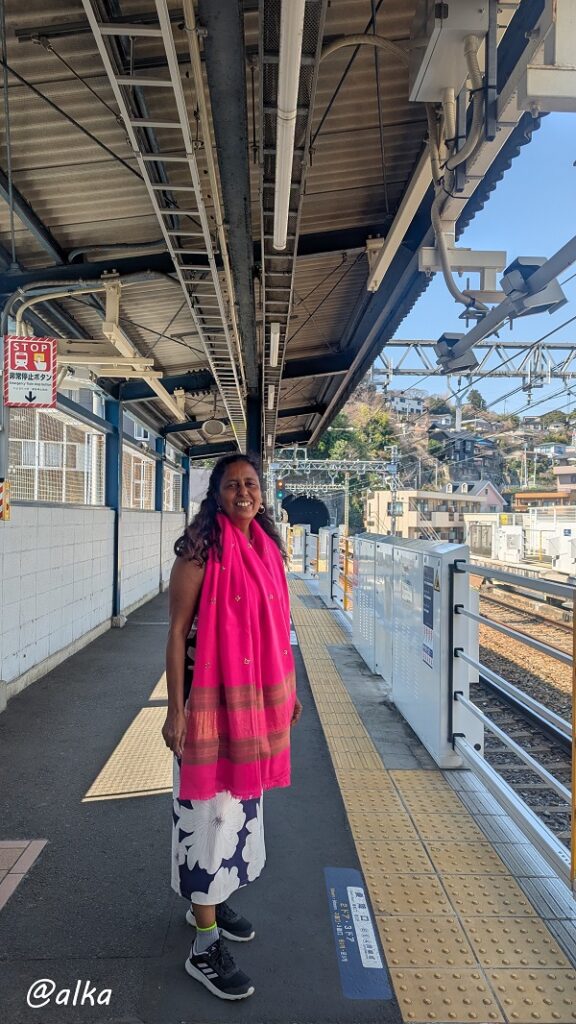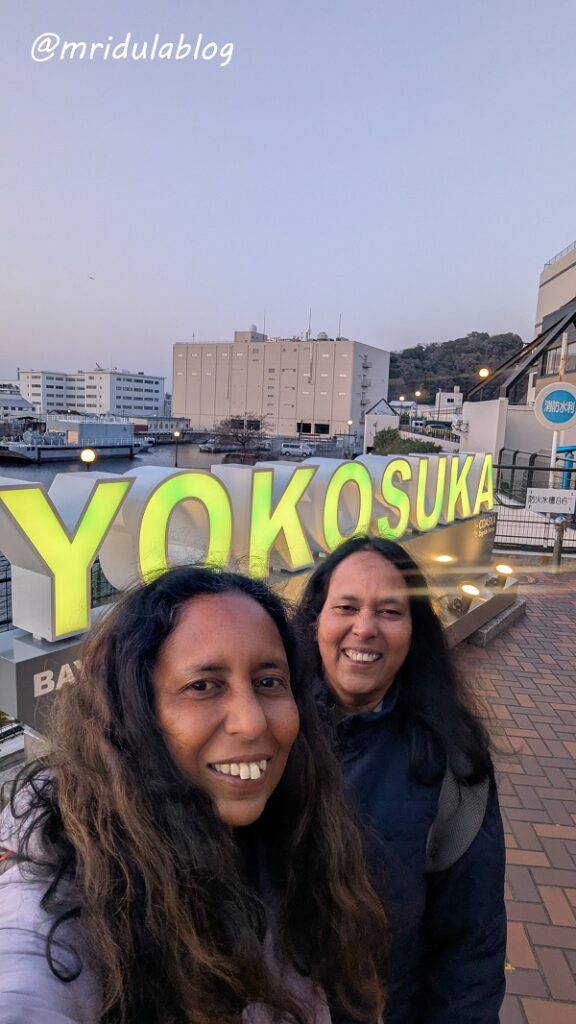
When most travelers think of getting around Tokyo, the first things that come to mind are the PASMO or Suica cards. These are indeed convenient and widely used. But during my recent trip, I discovered another option that turned out to be incredibly useful, the Greater Tokyo Pass. It makes a lot of sense if you plan to visit areas in the Greater Tokyo, or like us were staying in the Greater Tokyo Area. This pass is only available to tourists visiting Japan.
Why Greater Tokyo Pass

This pass is especially handy if you’re staying outside central Tokyo, in what’s referred to as the Greater Tokyo Area. For example, I was based in Yokosuka, a city in Kanagawa Prefecture. The daily commute from Shiori Station, where I was staying, to various parts of Tokyo quickly added up. A one-way ticket could cost anywhere between 700 to 1,000 yen, depending on the destination within Tokyo. Multiply that by two for a round trip, and then again for two people—that’s around 4,000 yen per day just on transport!
So, when I realized that my daily travel expenses were getting out of hand, I started researching options, day passes, multi-day passes, anything that could ease the burden on my budget. That’s when I stumbled upon the Greater Tokyo Pass, and it turned out to be exactly what I needed.
What is a Greater Tokyo Pass
The Greater Tokyo Pass is valid for five consecutive days and costs 6,500 yen per person. For that price, I was able to enjoy unlimited travel across a wide network of private railways, subways, and even some buses within the Greater Tokyo area. It covered most of the routes I needed, from Shiori in Kanagawa to central Tokyo and back, without having to worry about individual ticket costs.
Buy It Online
Buying the Greater Tokyo Pass is surprisingly easy. You can purchase it online through the official website. The process is straightforward—it asks for a few basic details like your email address and phone number, and you can make the payment easily with a credit card.
Once the payment is complete, the pass is delivered digitally to your email and phone. From there, you simply activate the pass on the day you want to start using it. After activation, you’re good to go—able to travel freely across the entire Greater Tokyo Metro area.
Exclusions
It’s important to note, however, that the Greater Tokyo Pass doesn’t cover all lines. For instance, it does not work on JR lines, the Tokyo Monorail, and certain local buses. So if you’re planning to use those, you’ll need to purchase separate tickets or use a Suica or Pasmo card for those routes.
That said, the pass is widely accepted across many private railway companies and subway lines, and it’s well-recognized at the stations. I never faced any confusion or issues while using it, it was a smooth experience overall.
For Routes Not Covered Use a PASMO or SUICA
For the routes not covered by the Greater Tokyo Pass, having a PASMO or SUICA card really comes in handy. I had two PASMO cards with me at all times. Whenever I needed to take a JR line I simply tapped my PASMO card and continued my journey without any hassle. It’s a great backup and complements the Greater Tokyo Pass perfectly.
Practical Wisdom

After using the pass for 10 days, I have some practical tips. Since the Greater Tokyo Pass is a digital pass and not a physical card with a scanner, it won’t open the automatic ticket gates like a SUICA or PASMO would. Instead, you need to go to the side gate and show your pass to the station staff.
My sister and I did this throughout our trip, and we were pleasantly surprised, every station master instantly recognized the pass. We never had to explain. However, if on busy stations, there was a queue then we had to wait in the queue to show the pass. But for recognizing it, it was a smooth and consistent process at every station we visited.
At one station, I even encountered a situation that surprised me. A station staff lady told us to just go through the regular gate and physically push the barrier aside, basically, to bypass the gate since the pass wouldn’t open it.
It felt awkward at first because you’re taught to respect the gates, but this was an official instructing us to do so! She reassured us not to worry about the gate not opening and just walk right through. It wasn’t difficult to do, and it showed how flexible and understanding the staff can be with this pass.
What to do When a Staff is Not Present
But here’s where it got a little interesting, and even funny at times. The fun begins when there’s no station master around. Yes, that can happen! At smaller stations or during late hours, you might find there’s no one at the side gate to show your pass to.
This actually happened to me at Shiori Station first, which is a relatively small station in Kanagawa. Suddenly, there was no staff in sight, and I was standing there with a valid pass, but no way to exit the station through the regular gate.
That’s where a little bit of a crisis kicks in, do you wait? Do you try to find someone? Do you just walk through and hope no alarms go off? These are the funny little moments that make travel memorable.
Eventually, I discovered that there are two ways to handle this situation when there’s no staff at the station, and I wish I had known the second one earlier!
First, the simplest option: just walk through the side gate. You’re not breaking any rules—you have a valid pass, and that’s what matters. It felt a bit odd at first, but once I got used to it, I realized it was perfectly acceptable.
Second, and this one I only figured out later by watching some locals towards the end of my trip: there’s usually an intercom button near the gate. If you press it, someone from inside the station, probably a station master, is alerted. They can see you on a camera, and you just need to hold up your pass to show them. That’s it!
Because I don’t speak Japanese, I was hesitant to use the intercom initially. I worried about what to say, or if they’d understand me. But seeing locals do it gave me the confidence that it’s okay, even if you don’t say anything, just showing the pass usually works.
Overall The Greater Tokyo Pass is Great Value for Money
In the end, I found the Greater Tokyo Pass to be incredibly economical and convenient, it really works. The station staff were always extremely helpful and friendly. On one occasion, I was confused about which line to take and thought I had no option but the JR line, which the pass doesn’t cover. But the JR staff kindly advised me to use a different private line covered by the pass instead, suggesting I save my money and avoid unnecessary expenses.
That said, sometimes I still chickened out and used my PASMO card to take the JR line out of convenience or habit. But overall, the pass made traveling around the Greater Tokyo area so much easier and more affordable.
If I had one wish, it would be that the Greater Tokyo Pass came with a scanner to open the gates automatically, just like a PASMO or SUICA card. That would make using it even more convenient and seamless.
I’m confident that in the future, this feature might be added. But for now, if you decide to use the Greater Tokyo Pass, you’ll need to show it physically to the station master at the side gates. If no staff are present, you can either use the intercom to show your pass via camera or simply walk through the side gate, both methods worked well for me.
Please visit:
Our Sponsor
